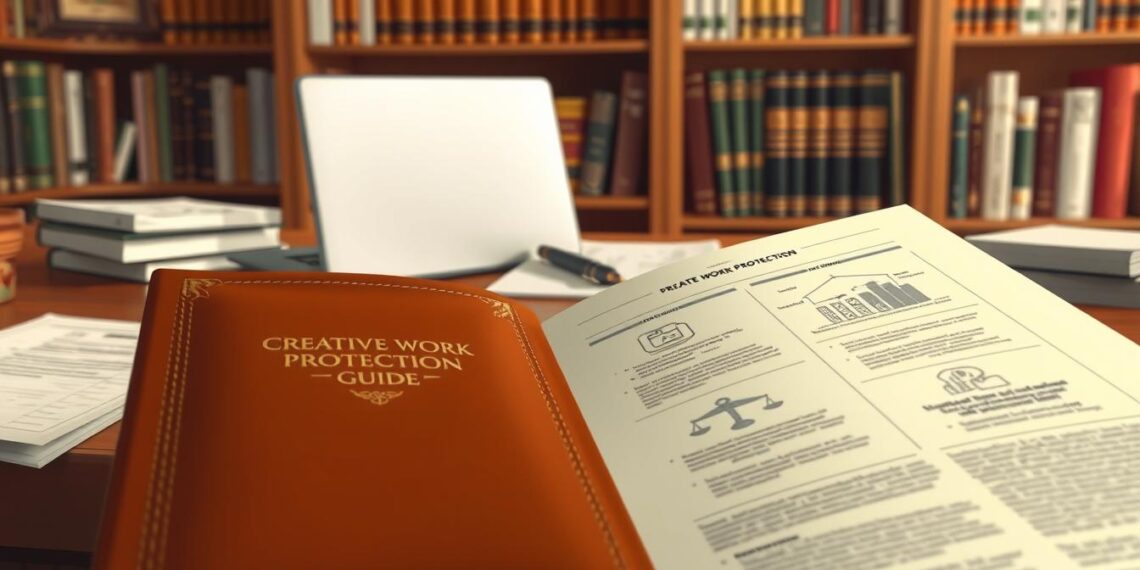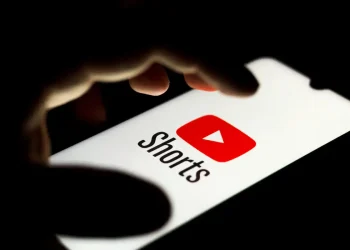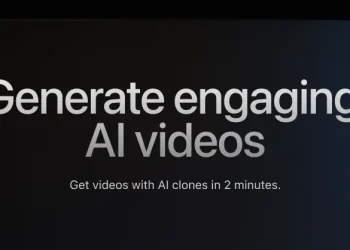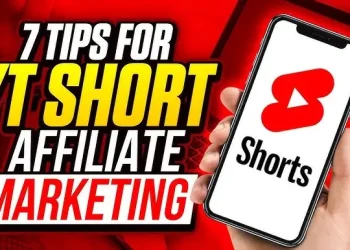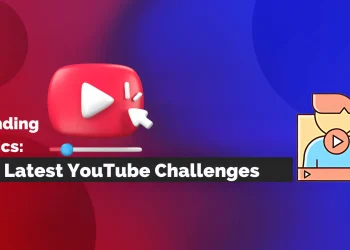Did you know 43% of creators have discovered their original work used without permission by brands or other users? In today’s digital landscape, your ideas hold immense value—but without proper safeguards, they’re vulnerable to misuse.
While copyright automatically applies to your content the moment it’s created, that’s just the first step. Understanding licensing agreements, intellectual property rights, and how brands might leverage your work is critical. A single oversight could leave you unprotected when others profit from your effort.
This guide breaks down what you need to secure ownership. You’ll learn how to navigate fair use rules, draft clear contracts, and identify red flags in UGC agreements. Real cases show how even established creators face challenges when terms aren’t negotiated upfront.
Key Takeaways
- Copyright starts automatically but requires documentation for enforcement
- Licensing agreements define how others can use your content
- Fair use has strict limits that protect against infringement
- UGC deals often contain hidden clauses affecting ownership
- Registration strengthens legal claims to your work
Whether you’re designing graphics, writing blogs, or producing videos, knowing your rights ensures you control how—and where—your creativity gets used. Let’s build the foundation to keep your work truly yours.
Introduction to Intellectual Property and Copyright Basics
Your original ideas fuel your craft—but what stops others from claiming them as their own? Intellectual property (IP) refers to creations like music, writing, or digital content that belong exclusively to you. It’s the invisible fence protecting your innovations from unauthorized use.
Why Ownership Matters
Under U.S. law, copyright protection begins the moment you fix your work in tangible form—like saving a design file or publishing a blog post. This grants you exclusive rights to reproduce, distribute, or adapt your creation. However, enforcing these rights often requires formal registration through the copyright act.
Building Blocks of Protection
Three elements define valid copyright:
- Originality: Your work must show minimal creativity
- Fixation: Ideas must exist in physical/digital form
- Non-functional: Protects artistic expression, not practical utility
| Type of Work | Protected Under | Examples |
|---|---|---|
| Literary | Copyright Act | Blogs, eBooks |
| Visual | IP Law | Photos, Infographics |
| Digital | DMCA | Videos, Social Media Posts |
“A UGC agreement once allowed a brand to edit my photos indefinitely—until I added a usage time limit.”
Always review terms in contracts. Phrases like “perpetual license” or “derivative works” could let others control your content longer than you intend. Documenting creation dates and registering copyrights strengthens your position if disputes arise.
Understanding Copyright Laws for UGC and Online Creators
Imagine posting a viral video only to find it reused by a company without credit. Copyright law directly shapes how your content circulates online—and who profits from it. User-generated material sits at the crossroads of creativity and commerce, making clear rights management essential.
How Copyright Law Impacts Your Creative Work
Every social media post or digital design you publish carries automatic copyright protection. But when brands repurpose your work, lawsuits often hinge on licensing terms. A 2023 study found 61% of UGC disputes stem from vague agreements about use duration or editing permissions.
Fair use exceptions allow limited reproduction for commentary or education. However, commercial exploitation rarely qualifies. For example:
| Criteria | Fair Use | Infringement |
|---|---|---|
| Purpose | News reporting | Merchandise prints |
| Amount Used | 10-second clip | Full song remix |
| Market Impact | No revenue loss | Direct competition |
International copyright adds complexity. While U.S. law protects works upon creation, some countries require registration. Always make sure contracts specify which jurisdictions govern your agreements.
“My travel photos appeared in a European ad campaign because their contract claimed worldwide rights.”
Make sure licensing deals outline payment tiers for different use cases. A cooking influencer recently won damages after a meal kit company used her recipes beyond the agreed platform. Clear terms turn your intellectual property into enforceable rights.
Creator Legal Guide: Contracts, Copyrights, and Protections Every Creator Needs
Contracts shape your control over creative output. Brand deals often request licensing for specific use cases, but some demand full copyright transfers. A 2023 study revealed 38% of creators unknowingly surrendered ownership by signing vague “work for hire” clauses.

| Clause Type | Your Risk | Protection Tip |
|---|---|---|
| Exclusivity | Can’t work with competitors | Limit time to 6-12 months |
| Derivative Rights | Brand alters your work | Require approval |
| Territory | Global vs. regional use | Specify exact countries |
One musician lost 70% royalties because their contract allowed a company to use tracks without permission in future campaigns. Always verify if agreements grant “perpetual” or “irrevocable” rights.
“My signed contract let a brand resell my illustrations as merch—I saw zero profits.”
Set calendar reminders to review terms before renewal dates. For video content, legally upload movies to YouTube requires understanding platform-specific rules. Consult an intellectual property lawyer to redline problematic sections. Document all negotiations to prove intent if disputes arise under law.
Your work deserves ongoing copyright protection. Never let rushed deadlines override contract scrutiny—what you create today could fund tomorrow’s projects.
Navigating Contracts: Essentials for Signing UGC Deals
Signing a UGC deal without reading the fine print is like handing over your house keys to a stranger. One missing clause could let brands monetize your work indefinitely or restrict future collaborations. Let’s decode what matters most.
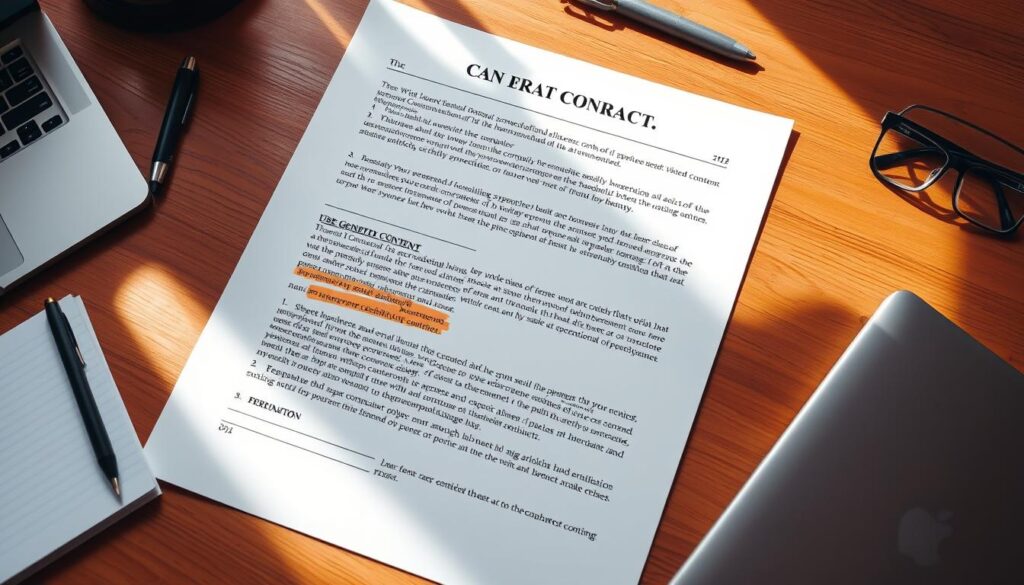
Key Contract Terms You Must Know
Always define what counts as your work in the agreement. A vague description could let brands claim ownership of similar future projects. Critical terms include:
- Usage rights: Can they edit your content or reuse it in ads?
- Time limits: 67% of disputes arise from unclear expiration dates
- Exclusivity: Avoid clauses blocking you from working with competitors
| Clause | Risk | Solution |
|---|---|---|
| Global Rights | Brands use content worldwide | Limit to specific regions |
| Payment Terms | Delayed or reduced fees | Demand 50% upfront |
| Approval Rights | Lose control over edits | Require final sign-off |
Red Flags to Watch Out For
Phrases like “irrevocable license” or “unlimited derivatives” signal danger. A travel influencer lost $12k when a hotel chain reused her photos for five years beyond the agreed time.
“My contract didn’t specify platform limits—the brand used my video on billboards without extra pay.”
Negotiate removal clauses requiring brands to delete your content after campaigns end. Protect your copyright by adding: “All rights not expressly granted are reserved.”
Usage Rights: Time-Bound vs. Perpetual and Exclusive Rights
Your content’s lifespan directly impacts your earnings—but who decides when brands stop using it? Usage rights define whether companies can repurpose your work for three months or three decades. Negotiating these terms separates short-term gigs from long-term revenue streams.
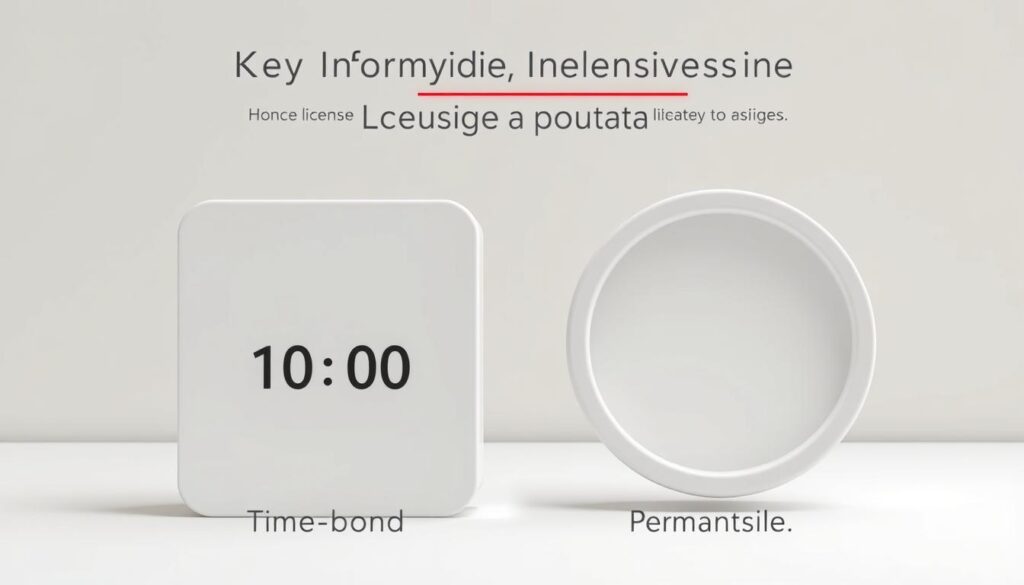
Breaking Down Time-Bound and Perpetual Usage Rights
Time-bound rights let brands use your content for a set period—like six months for a social campaign. After expiration, they must remove it or renegotiate. A food photographer increased her income by 40% licensing recipe photos annually instead of indefinitely.
Perpetual rights mean your work stays in circulation forever. While these deals often pay more upfront, you lose control over future adaptations. One travel vlogger discovered their hotel review video reused in TV ads five years later—with no additional compensation.
| Rights Type | Pros | Cons |
|---|---|---|
| Time-Bound | Renewal income | Lower initial pay |
| Perpetual | Higher upfront fee | No future royalties |
Exclusive vs. Non-Exclusive Agreements Explained
Exclusive rights prevent you from licensing the same content to others. A makeup artist lost $8,000 when an exclusivity clause blocked her from sharing tutorial videos elsewhere for 18 months.
Non-exclusive deals let you resell your work multiple times. For example, copyright-free footage creators often license clips non-exclusively to maximize reach. However, brands may pay less for widely available material.
“My contract said ‘exclusive worldwide rights’—I didn’t realize that meant I couldn’t use my own music in future projects.”
Always specify whether you’re granting a license or transferring ownership. Mixing these terms could cost you lifelong copyright protections. Your creative output deserves strategic planning—not indefinite exploitation.
Protection Strategies: Leveraging Licenses and Digital Tools
Your digital creations are valuable assets—lock them down before they wander off. Strategic licensing and modern tech tools form a dual shield against unauthorized use while opening revenue streams. Let’s explore how to match your work with the right safeguards.

Overview of Licensing Options for Your Content
Licensing defines who can use your content and under what terms. Exclusive licensing grants one party sole access—ideal for high-paying brand partnerships. A photographer doubled her income by exclusively licensing product shots to a cosmetics company for two years.
Creative Commons offers flexible sharing for non-commercial projects. Use these licenses when you want your work shared widely but still credited. A graphic designer gained 15k followers after CC-licensed templates went viral.
| License Type | Best For | Revenue Impact |
|---|---|---|
| Exclusive | Premium brand deals | High upfront pay |
| Creative Commons | Community building | Indirect monetization |
| Non-Exclusive | Stock content | Recurring royalties |
Utilizing Digital Rights Management Tools
DRM tools act as digital bodyguards for your copyright. Watermarking deters theft by embedding ownership markers. An illustrator reduced copyright infringement by 80% using invisible metadata tags.
Encryption tools like Verizon Media Rights Manager automatically scan platforms for unauthorized copies. One musician reclaimed $4,200 in lost royalties through automated takedowns.
“Adding geo-blocking stopped foreign sites from reposting my videos without permission.”
Combine licenses with DRM to create layered copyright protection. Track content usage through platforms like Pixsy—72% of users recover damages within six months. Your creative output deserves both legal and technical armor.
Avoiding Legal Pitfalls: Recognizing Hidden Clauses in Contracts
Hidden contract terms cost creators an average of $5,200 annually in lost revenue—often buried in sections you’d skim over. These clauses quietly transfer control of your work or expose you to liability. Let’s uncover what to watch for before signing.
Spotting Dangerous Language
Phrases like “you guarantee compliance with all laws” shift legal responsibility onto you. A photographer faced a $3,800 fine when a brand’s ad violated privacy law—their contract included this indemnity clause. Other red flags:
- Non-disparagement: Blocks you from criticizing the brand publicly
- Assignment rights: Lets companies sell your contract to third parties
- Work-for-hire: Transfers full copyright ownership permanently
| Clause Type | Risk | Solution |
|---|---|---|
| Indemnification | You pay legal fees | Limit to intentional misconduct |
| Moral Rights Waiver | Brand alters your work | Require modification approval |
| Confidentiality | Can’t showcase your work | Exclude portfolio use |
Negotiation Tactics That Protect You
Always strike through unacceptable terms. One illustrator added: “Edits require written consent” to prevent unauthorized changes. For time-bound projects, specify that rights revert to you after two years.
“My contract prohibited me from creating similar content—it blocked three paid partnerships until I renegotiated.”
Consult an copyright attorney to review complex agreements. They’ll flag clauses affecting fair use privileges or future earnings. Remember: unsigned drafts aren’t binding—walk away if terms jeopardize your creative commons principles.
International Considerations: Global Copyright and Trademark Rules
Your content crosses borders with a single click—but legal protections don’t always follow. While U.S. copyright law automatically safeguards your original work, other countries operate under different rules. A social media post visible worldwide could face unique challenges in each region it reaches.
Understanding U.S. Regulations Versus Global Standards
The U.S. grants copyright upon creation, but countries like China require formal registration for enforcement. Europe’s protections last 70 years after the creator’s death—20 years longer than U.S. terms. These disparities impact how long your work remains profitable overseas.
| Region | Registration Required? | Protection Duration | Public Domain Rules |
|---|---|---|---|
| United States | No | Life + 50 years | Works published before 1928 |
| European Union | Varies | Life + 70 years | Varies by country |
| Japan | Yes | Life + 50 years | 50 years post-creation |
International treaties like the Berne Convention help bridge gaps, requiring member countries to honor foreign copyrights. However, enforcement varies. A U.S. photographer recently lost a case in Brazil because their work lacked local registration.
“My viral video entered the public domain in India after 25 years—U.S. protections didn’t apply there.”
Three strategies strengthen global ownership claims:
- Register works in target markets through WIPO’s international system
- Specify governing law in contracts (e.g., “Disputes resolved under German jurisdiction”)
- Use geo-blocking tools to restrict use in high-risk regions
Update licensing agreements to address regional differences. A graphic designer avoided trademark issues by prohibiting Asian manufacturers from altering their logos. Global platforms demand adaptable rights management—your property deserves worldwide vigilance.
Real World Examples: Case Studies in Copyright Infringement
When a fitness influencer’s workout video appeared in a national ad campaign without permission, it sparked a lawsuit that reshaped copyright protection standards for digital creators. Real cases reveal how lawsuits enforce ownership and set precedents—here’s what you can learn from them.
Successful Legal Challenges in UGC and Copyright Cases
A travel photographer won $28,000 after a hotel chain used their Instagram posts in brochures. The court ruled the brand violated licensing terms by exceeding social media usage rights. Key evidence? Timestamped metadata proving the original work’s creation date.
In 2022, a YouTuber successfully issued DMCA takedowns against a tech company that reused their tutorial. The infringement stopped within 48 hours because the creator had registered their copyright with the U.S. Office.
Lessons Learned from High-Profile Disputes
A music producer lost a fair use defense after sampling 12 seconds of a song. Courts clarified that even short clips require permission if they’re the “heart” of the work. This case reshaped how creators approach use copyrighted material in remixes.
| Case | Outcome | Impact |
|---|---|---|
| Designer vs. Retailer | $45k settlement | Mandatory attribution clauses |
| Podcaster vs. Network | Content removed | Stricter DRM adoption |
“Registering my artwork helped me win 3x damages—the court saw it as willful infringement.”
Always document drafts and publish dates. A graphic designer proved theft by showing file versions predating the brand’s campaign. Pair legal action with digital tools like reverse image search to monitor work publicly shared online.
Conclusion
Your creative work is your most valuable asset—and protecting it starts with understanding your rights. From automatic copyright safeguards to strategic licensing, you’ve learned how to secure original work against misuse. Contracts define boundaries, while digital tools track unauthorized use.
Key lessons stand clear: document creation dates, limit licensing terms, and scrutinize every agreement. Real cases prove that even small oversights—like vague territory clauses—can cost thousands. Platforms like YouTube demand proactive monitoring to prevent infringement.
Whether collaborating with brands or sharing on social media, knowledge is your shield. Review contracts for hidden transfers of rights, and consult experts when terms feel unclear. Your voice, art, and ideas deserve recognition—not exploitation.
Stay vigilant. Register your work where needed, use watermarks, and challenge unauthorized copies. With these tools, you control how your creativity impacts the world—on your terms.
FAQ
How long does copyright protection last for my work?
In the U.S., copyright typically lasts for your lifetime plus 70 years. For anonymous or corporate works, it’s 95 years from publication or 120 years from creation, whichever is shorter. After that, the work enters the public domain.
What should I look for in a UGC contract?
Focus on usage rights, payment terms, exclusivity clauses, and termination conditions. Ensure the agreement specifies how your content can be used, for how long, and whether you retain ownership. Avoid vague language about “perpetual” rights without compensation.
Can I use copyrighted music in my videos if I give credit?
No. Giving credit doesn’t replace permission. You’ll need a license or must qualify under fair use. Platforms like YouTube’s Content ID may still flag or monetize your video for the copyright owner.
What’s the difference between exclusive and non-exclusive rights?
Exclusive rights mean only the licensee can use your work. Non-exclusive lets you license it to others. Exclusive deals often pay more but limit future opportunities. Always negotiate terms that align with your goals.
How do I protect my work from being stolen online?
Use watermarks, metadata, and digital rights management (DRM) tools. Register your copyright for stronger legal leverage. Platforms like Instagram let you disable downloads, but embedding or screenshots still pose risks.
What are red flags in content licensing agreements?
Watch for clauses that transfer ownership, demand perpetual rights without pay, or restrict you from similar work. Avoid agreements that let the licensee modify your work without approval or sue you for their misuse.
Does copyright law apply globally?
The Berne Convention protects works across 179 countries, but enforcement varies. China and the EU have different fair use rules. Registering in the U.S. strengthens claims, but consult local laws for international disputes.
Can I trademark my brand name as a creator?
Yes. Trademarks protect logos, slogans, or brand names tied to your goods/services. File with the USPTO for nationwide rights. Check existing trademarks first to avoid infringement claims.
What’s fair use, and how does it apply to my content?
Fair use allows limited use of copyrighted material for criticism, education, or parody. Courts weigh factors like purpose, amount used, and market impact. It’s subjective—consult a lawyer before relying on it.
How do Creative Commons licenses work?
They let you share work under specific terms, like requiring attribution or banning commercial use. Platforms like Flickr host CC-licensed content. Always check the license type before using others’ work.
